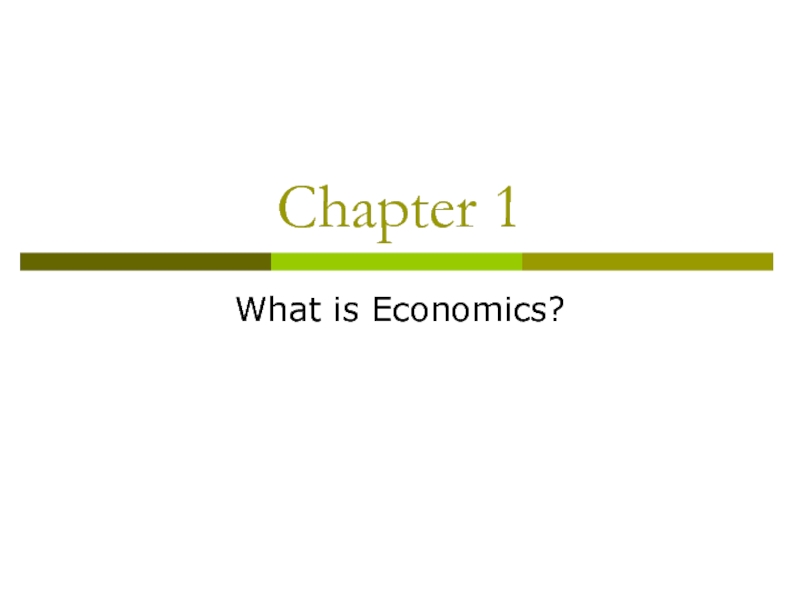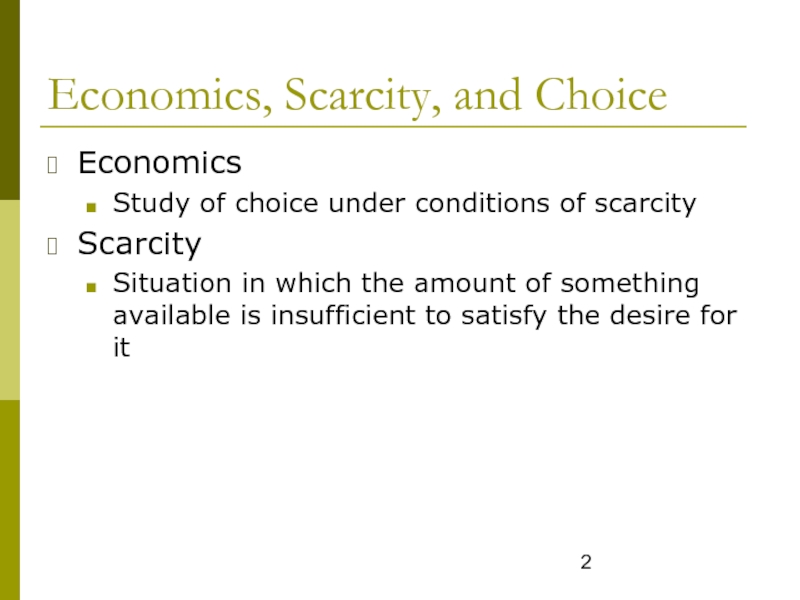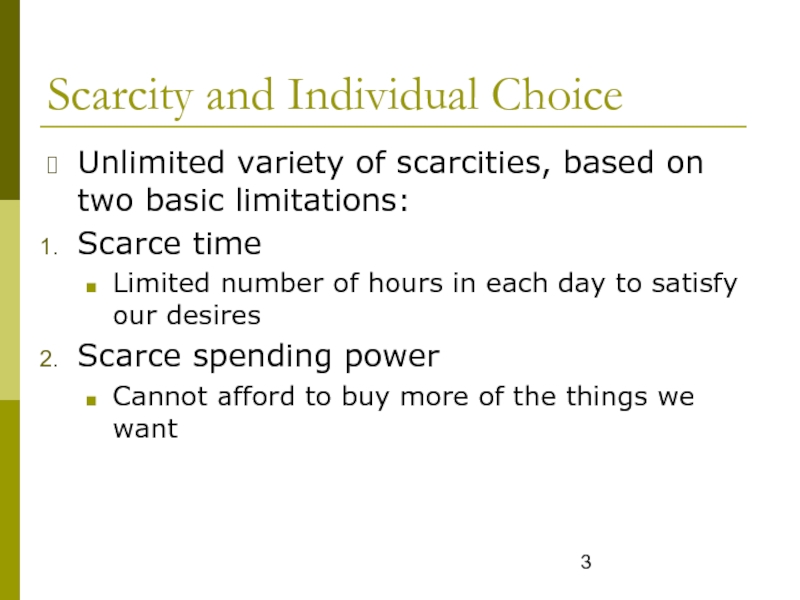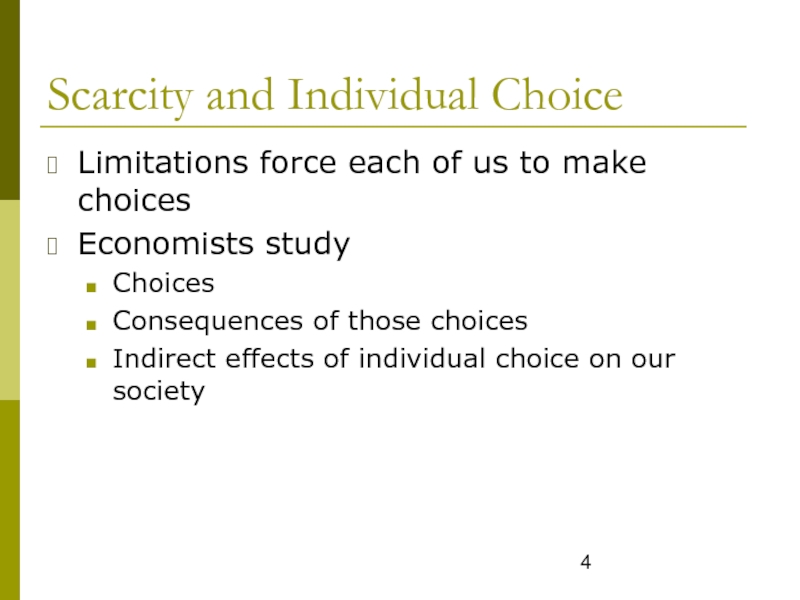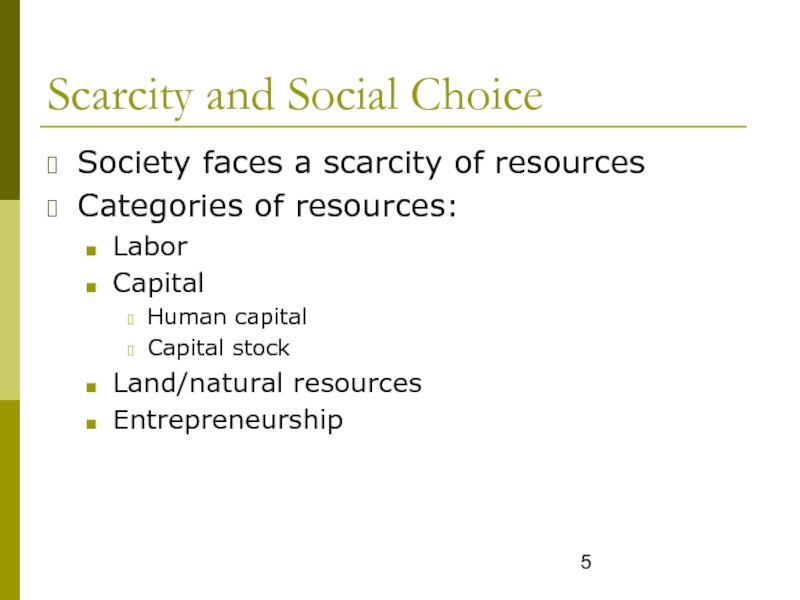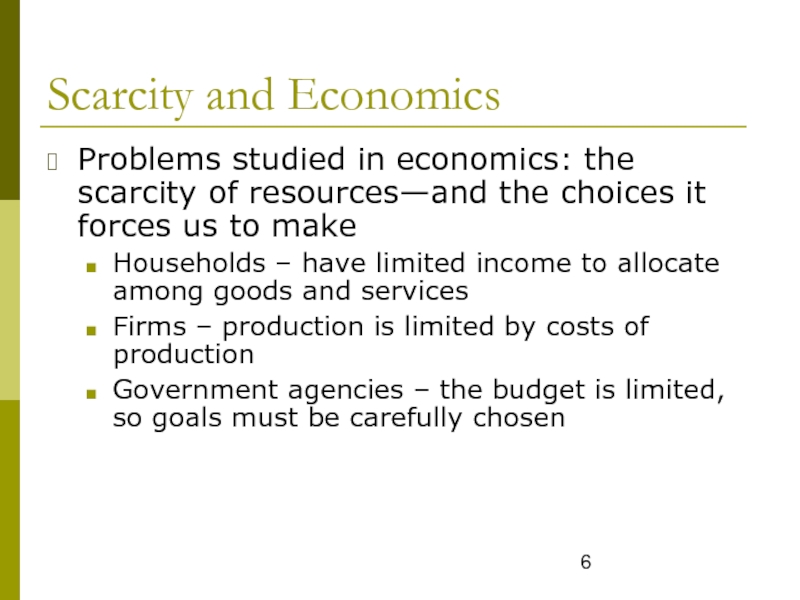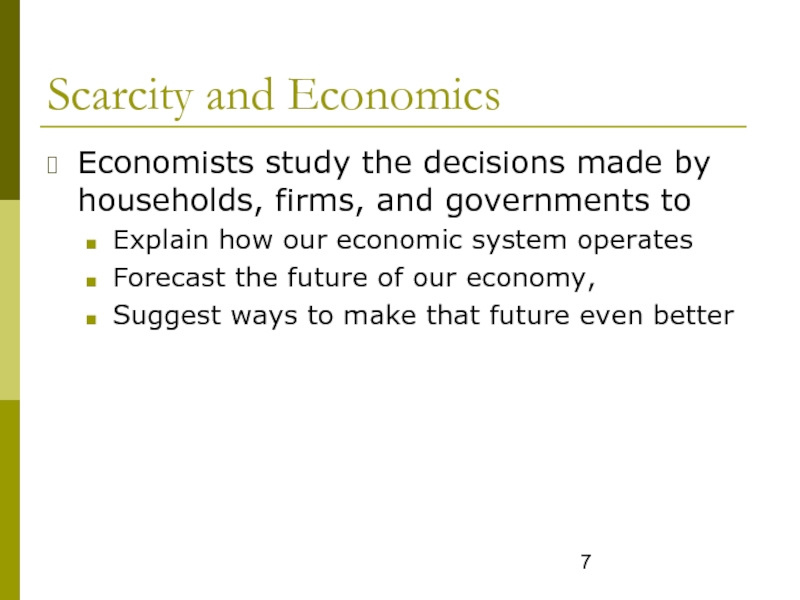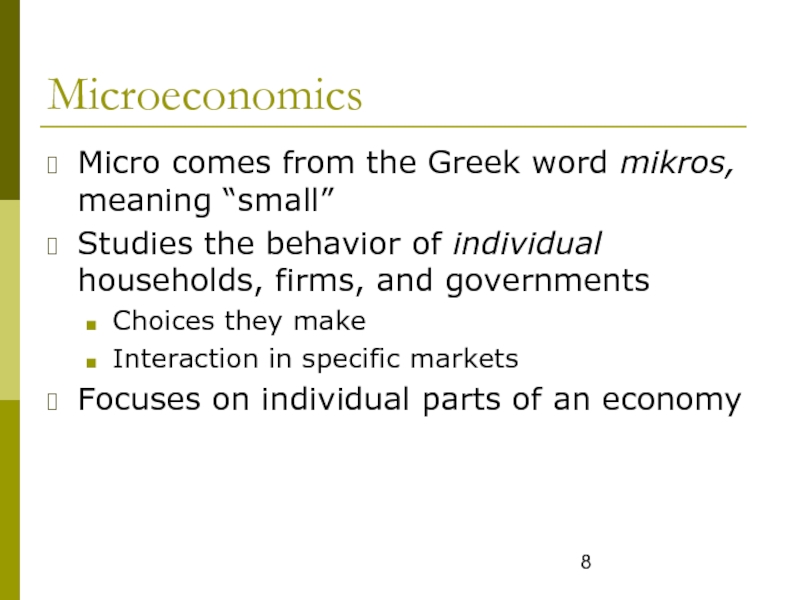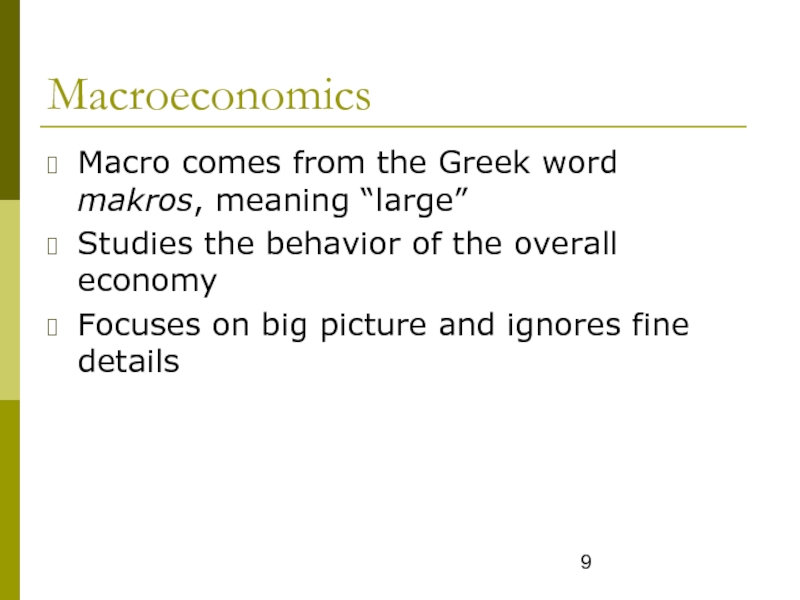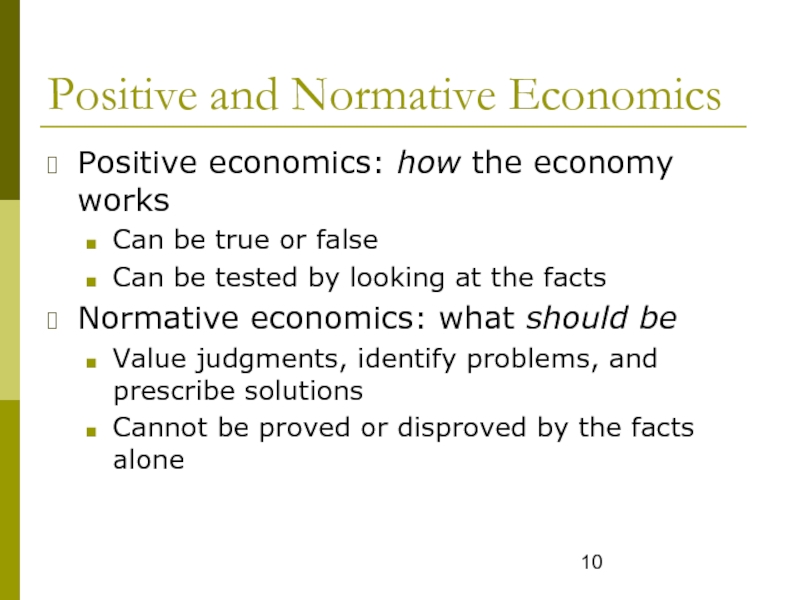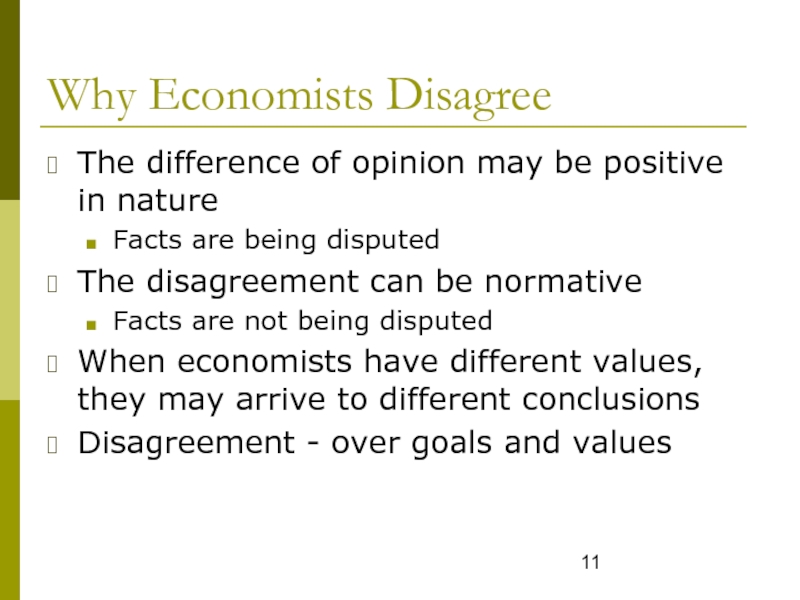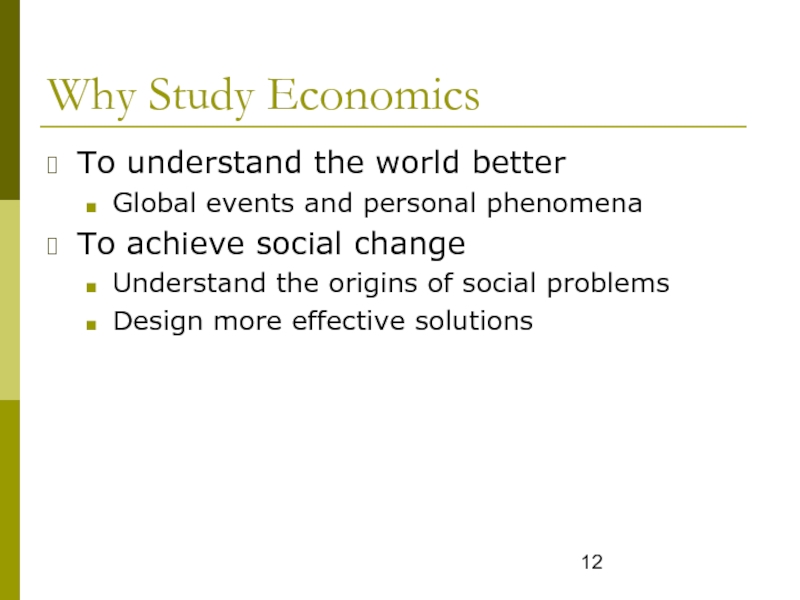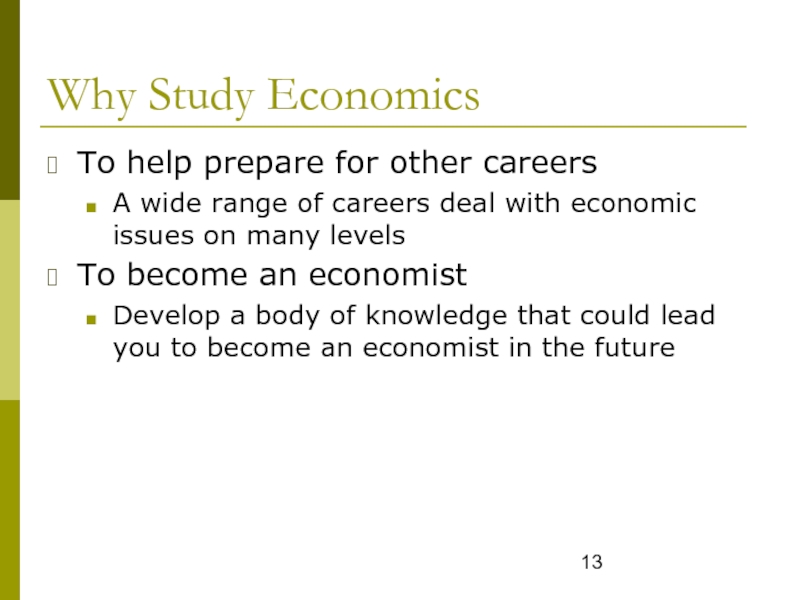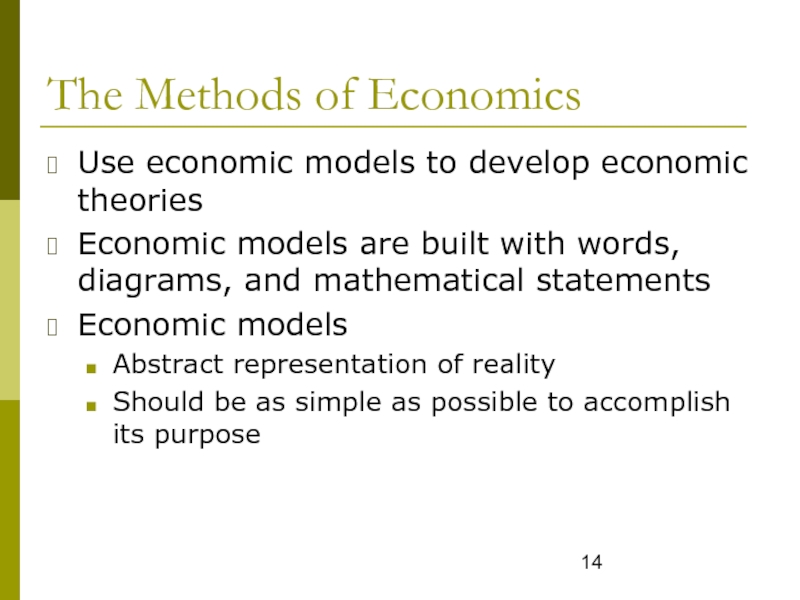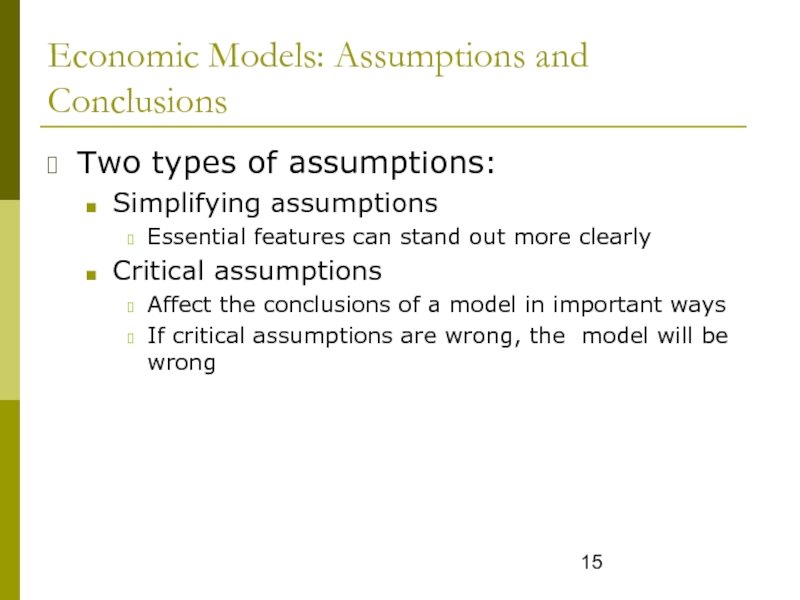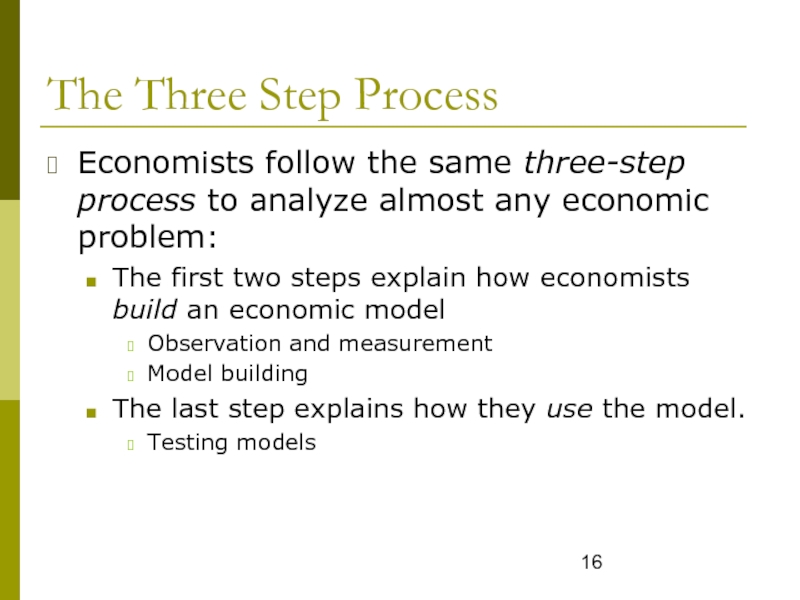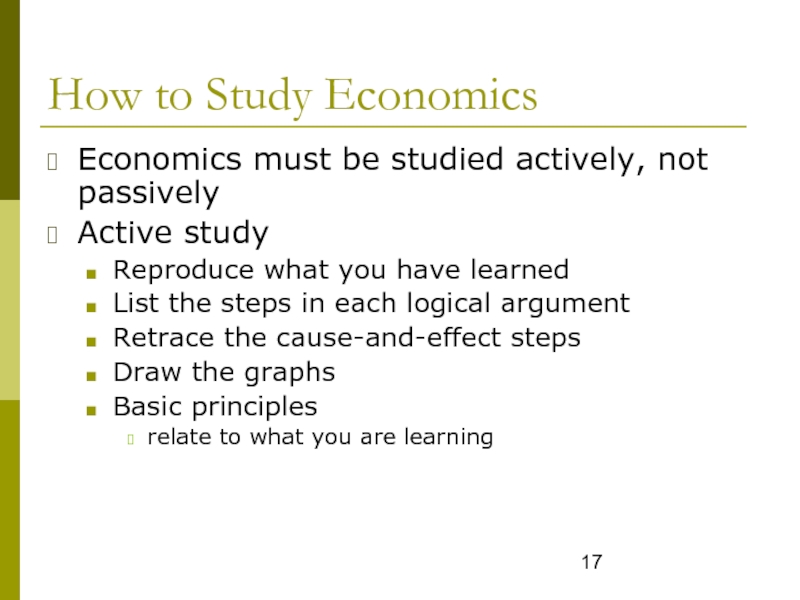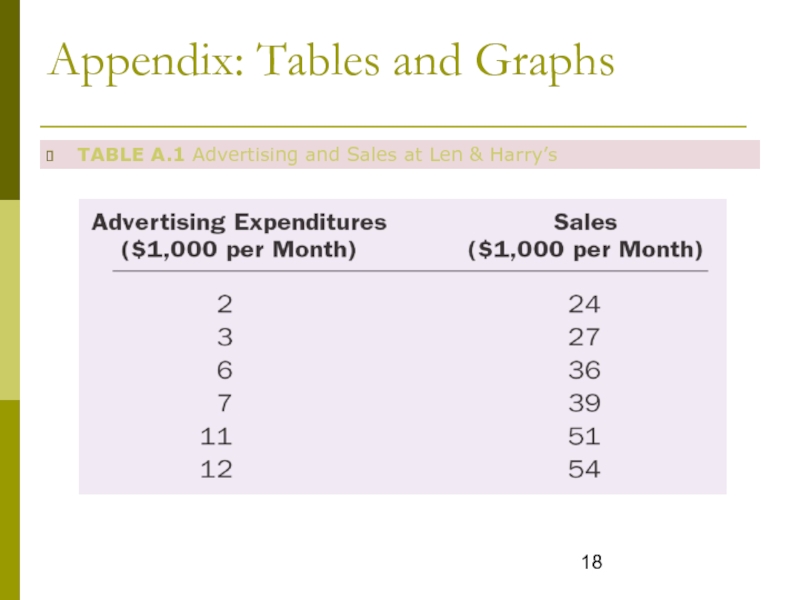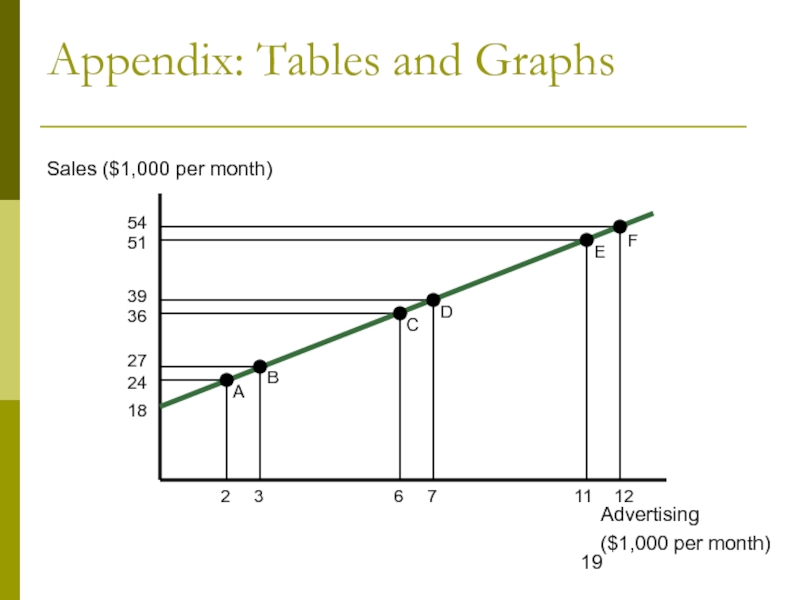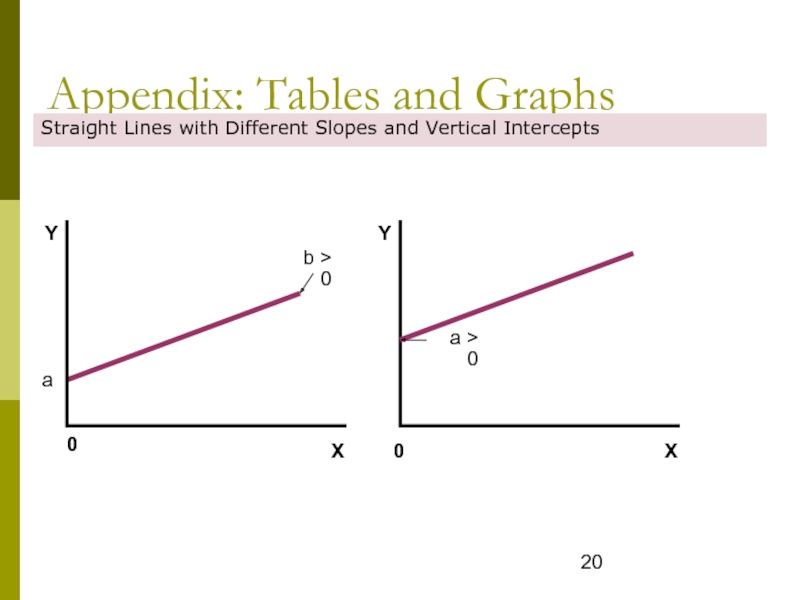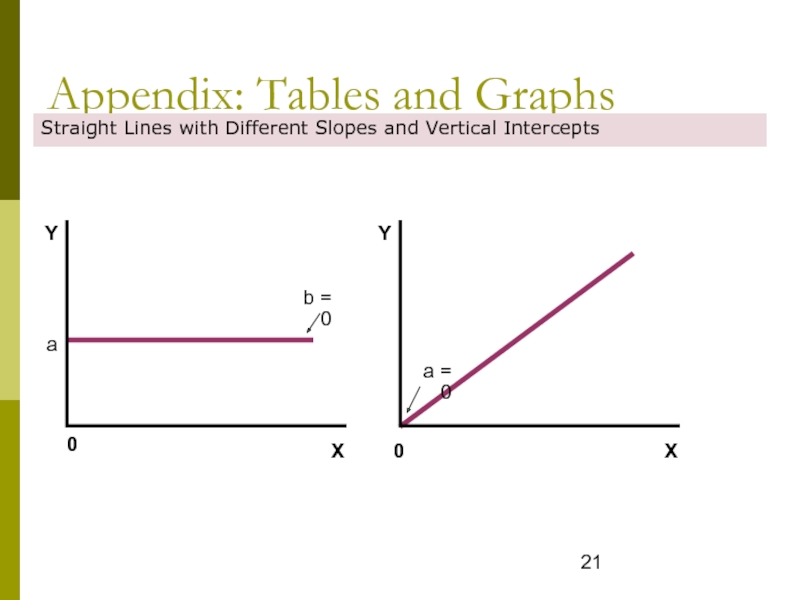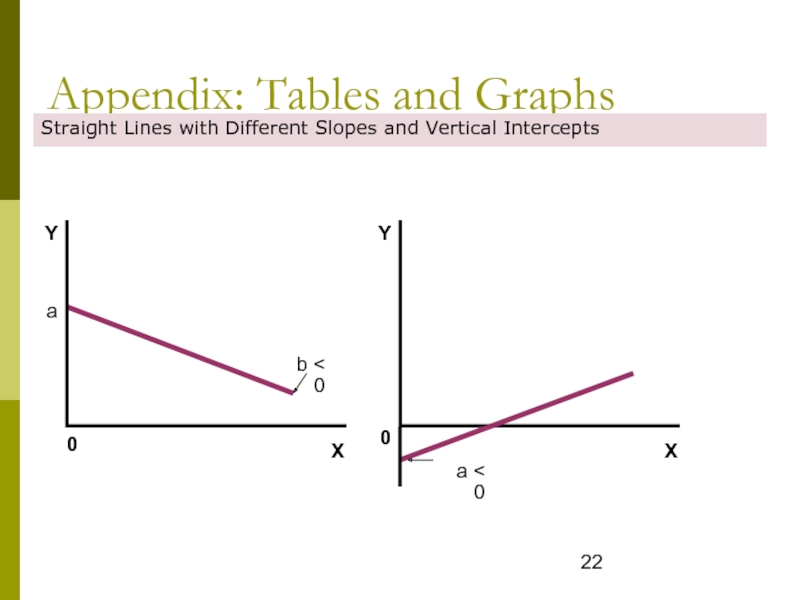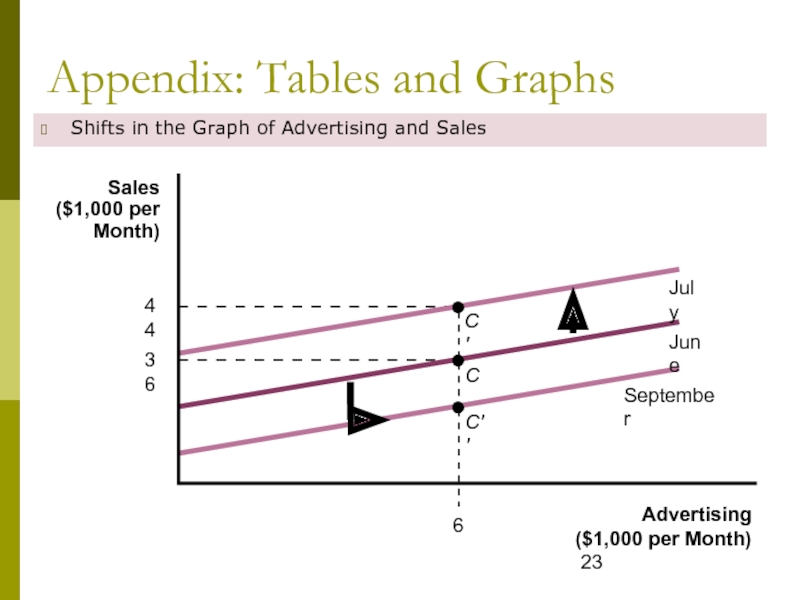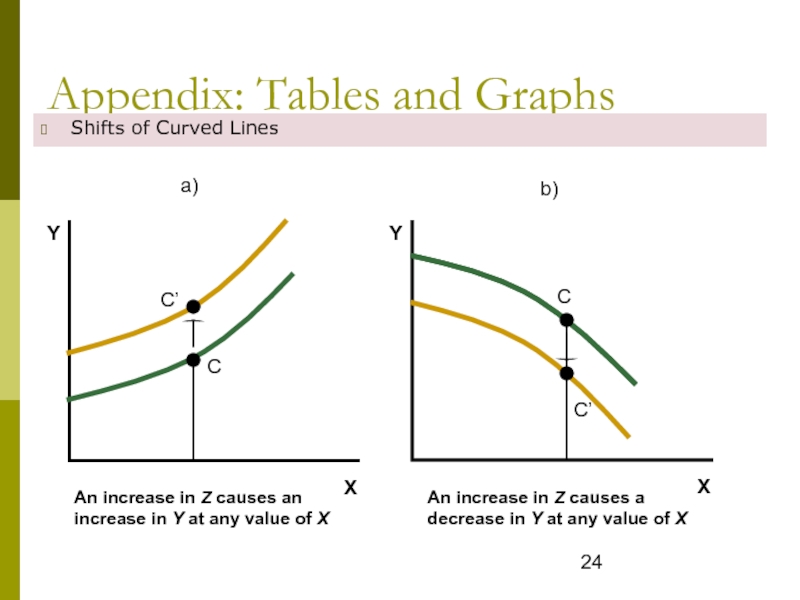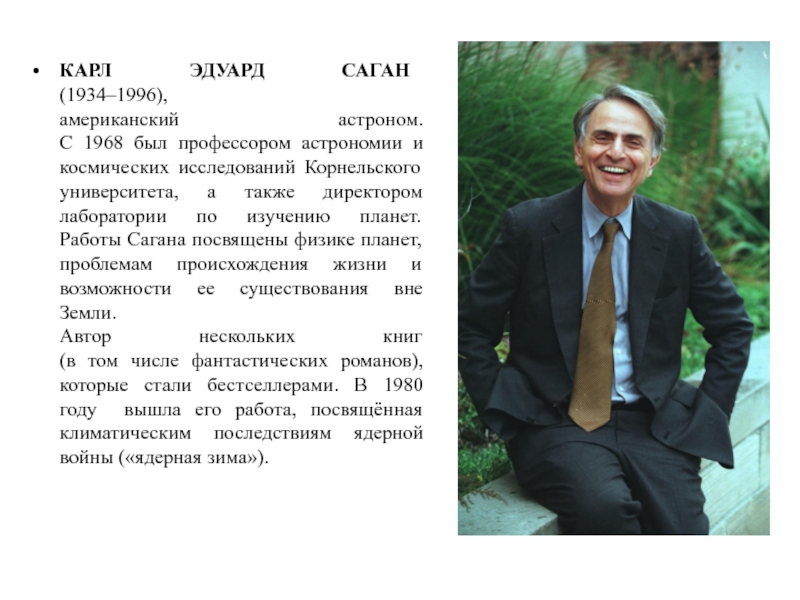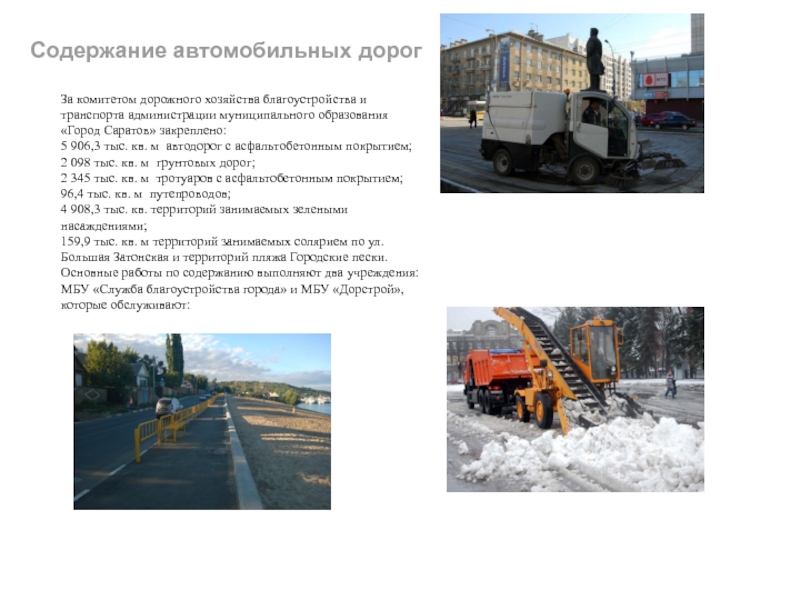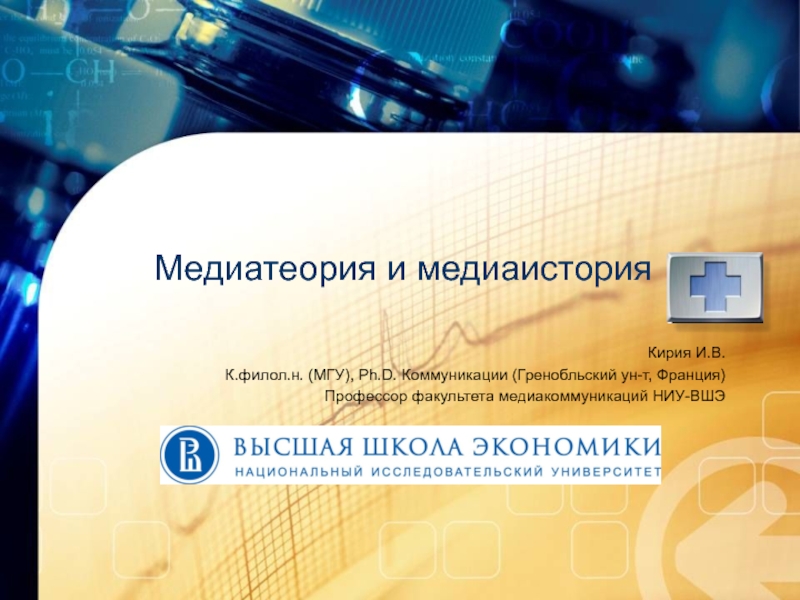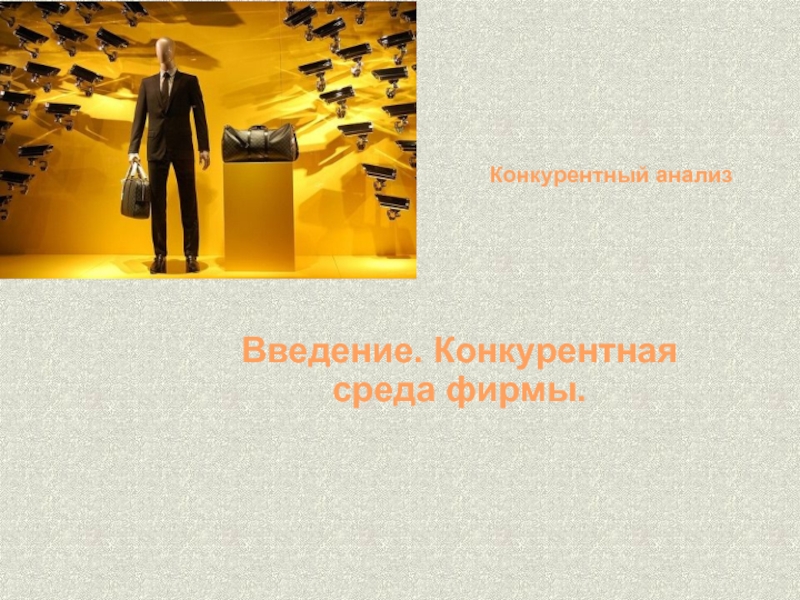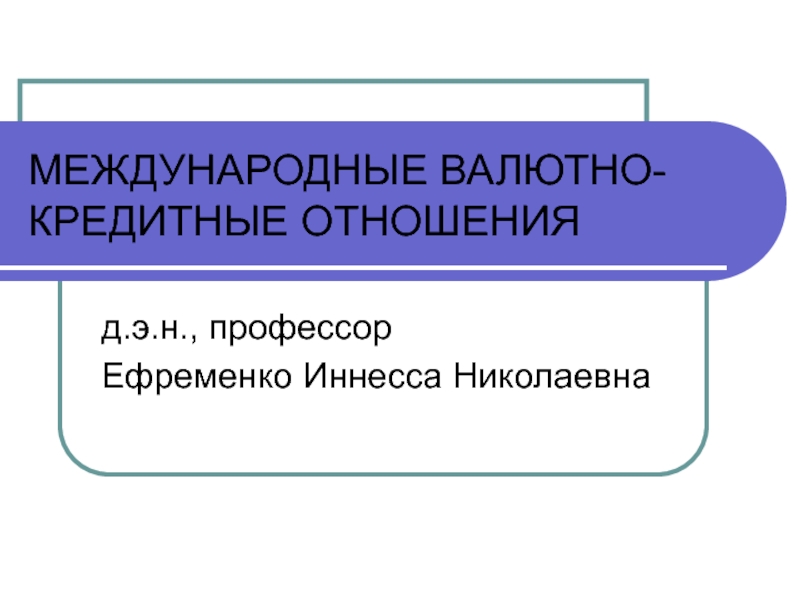- Главная
- Разное
- Дизайн
- Бизнес и предпринимательство
- Аналитика
- Образование
- Развлечения
- Красота и здоровье
- Финансы
- Государство
- Путешествия
- Спорт
- Недвижимость
- Армия
- Графика
- Культурология
- Еда и кулинария
- Лингвистика
- Английский язык
- Астрономия
- Алгебра
- Биология
- География
- Детские презентации
- Информатика
- История
- Литература
- Маркетинг
- Математика
- Медицина
- Менеджмент
- Музыка
- МХК
- Немецкий язык
- ОБЖ
- Обществознание
- Окружающий мир
- Педагогика
- Русский язык
- Технология
- Физика
- Философия
- Химия
- Шаблоны, картинки для презентаций
- Экология
- Экономика
- Юриспруденция
Chapter 01. What is Economics? презентация
Содержание
- 1. Chapter 01. What is Economics?
- 2. Economics, Scarcity, and Choice Economics Study of
- 3. Scarcity and Individual Choice Unlimited variety of
- 4. Scarcity and Individual Choice Limitations force each
- 5. Scarcity and Social Choice Society faces a
- 6. Scarcity and Economics Problems studied in economics:
- 7. Scarcity and Economics Economists study the decisions
- 8. Microeconomics Micro comes from the Greek word
- 9. Macroeconomics Macro comes from the Greek word
- 10. Positive and Normative Economics Positive economics: how
- 11. Why Economists Disagree The difference of opinion
- 12. Why Study Economics To understand the world
- 13. Why Study Economics To help prepare for
- 14. The Methods of Economics Use economic models
- 15. Economic Models: Assumptions and Conclusions Two types
- 16. The Three Step Process Economists follow the
- 17. How to Study Economics Economics must be
- 18. Appendix: Tables and Graphs TABLE A.1 Advertising and Sales at Len & Harry’s
- 19. Appendix: Tables and Graphs Advertising ($1,000
- 20. Appendix: Tables and Graphs 0 a b
- 21. Appendix: Tables and Graphs 0 a b
- 22. Appendix: Tables and Graphs 0 a b
- 23. 6 36 C'' C' C July
- 24. Appendix: Tables and Graphs Shifts of
Слайд 2Economics, Scarcity, and Choice
Economics
Study of choice under conditions of scarcity
Scarcity
Situation in
which the amount of something available is insufficient to satisfy the desire for it
Слайд 3Scarcity and Individual Choice
Unlimited variety of scarcities, based on two basic
limitations:
Scarce time
Limited number of hours in each day to satisfy our desires
Scarce spending power
Cannot afford to buy more of the things we want
Scarce time
Limited number of hours in each day to satisfy our desires
Scarce spending power
Cannot afford to buy more of the things we want
Слайд 4Scarcity and Individual Choice
Limitations force each of us to make choices
Economists
study
Choices
Consequences of those choices
Indirect effects of individual choice on our society
Choices
Consequences of those choices
Indirect effects of individual choice on our society
Слайд 5Scarcity and Social Choice
Society faces a scarcity of resources
Categories of resources:
Labor
Capital
Human
capital
Capital stock
Land/natural resources
Entrepreneurship
Capital stock
Land/natural resources
Entrepreneurship
Слайд 6Scarcity and Economics
Problems studied in economics: the scarcity of resources—and the
choices it forces us to make
Households – have limited income to allocate among goods and services
Firms – production is limited by costs of production
Government agencies – the budget is limited, so goals must be carefully chosen
Households – have limited income to allocate among goods and services
Firms – production is limited by costs of production
Government agencies – the budget is limited, so goals must be carefully chosen
Слайд 7Scarcity and Economics
Economists study the decisions made by households, firms, and
governments to
Explain how our economic system operates
Forecast the future of our economy,
Suggest ways to make that future even better
Explain how our economic system operates
Forecast the future of our economy,
Suggest ways to make that future even better
Слайд 8Microeconomics
Micro comes from the Greek word mikros, meaning “small”
Studies the behavior
of individual households, firms, and governments
Choices they make
Interaction in specific markets
Focuses on individual parts of an economy
Choices they make
Interaction in specific markets
Focuses on individual parts of an economy
Слайд 9Macroeconomics
Macro comes from the Greek word makros, meaning “large”
Studies the behavior
of the overall economy
Focuses on big picture and ignores fine details
Focuses on big picture and ignores fine details
Слайд 10Positive and Normative Economics
Positive economics: how the economy works
Can be true
or false
Can be tested by looking at the facts
Normative economics: what should be
Value judgments, identify problems, and prescribe solutions
Cannot be proved or disproved by the facts alone
Can be tested by looking at the facts
Normative economics: what should be
Value judgments, identify problems, and prescribe solutions
Cannot be proved or disproved by the facts alone
Слайд 11Why Economists Disagree
The difference of opinion may be positive in nature
Facts
are being disputed
The disagreement can be normative
Facts are not being disputed
When economists have different values, they may arrive to different conclusions
Disagreement - over goals and values
The disagreement can be normative
Facts are not being disputed
When economists have different values, they may arrive to different conclusions
Disagreement - over goals and values
Слайд 12Why Study Economics
To understand the world better
Global events and personal phenomena
To
achieve social change
Understand the origins of social problems
Design more effective solutions
Understand the origins of social problems
Design more effective solutions
Слайд 13Why Study Economics
To help prepare for other careers
A wide range of
careers deal with economic issues on many levels
To become an economist
Develop a body of knowledge that could lead you to become an economist in the future
To become an economist
Develop a body of knowledge that could lead you to become an economist in the future
Слайд 14The Methods of Economics
Use economic models to develop economic theories
Economic models
are built with words, diagrams, and mathematical statements
Economic models
Abstract representation of reality
Should be as simple as possible to accomplish its purpose
Economic models
Abstract representation of reality
Should be as simple as possible to accomplish its purpose
Слайд 15Economic Models: Assumptions and Conclusions
Two types of assumptions:
Simplifying assumptions
Essential features can
stand out more clearly
Critical assumptions
Affect the conclusions of a model in important ways
If critical assumptions are wrong, the model will be wrong
Critical assumptions
Affect the conclusions of a model in important ways
If critical assumptions are wrong, the model will be wrong
Слайд 16The Three Step Process
Economists follow the same three-step process to analyze
almost any economic problem:
The first two steps explain how economists build an economic model
Observation and measurement
Model building
The last step explains how they use the model.
Testing models
The first two steps explain how economists build an economic model
Observation and measurement
Model building
The last step explains how they use the model.
Testing models
Слайд 17How to Study Economics
Economics must be studied actively, not passively
Active study
Reproduce
what you have learned
List the steps in each logical argument
Retrace the cause-and-effect steps
Draw the graphs
Basic principles
relate to what you are learning
List the steps in each logical argument
Retrace the cause-and-effect steps
Draw the graphs
Basic principles
relate to what you are learning
Слайд 19Appendix: Tables and Graphs
Advertising
($1,000 per month)
Sales ($1,000 per month)
A
B
C
D
E
F
2
3
6
7
11
12
24
54
51
39
36
27
18
Слайд 20Appendix: Tables and Graphs
0
a
b > 0
0
a > 0
Straight Lines with Different
Slopes and Vertical Intercepts
Слайд 21Appendix: Tables and Graphs
0
a
b = 0
0
a = 0
Straight Lines with Different
Slopes and Vertical Intercepts
Слайд 22Appendix: Tables and Graphs
0
a
b < 0
0
a < 0
Straight Lines with Different
Slopes and Vertical Intercepts
Слайд 23
6
36
C''
C'
C
July
September
June
44
Appendix: Tables and Graphs
Shifts in the Graph of Advertising and Sales
Слайд 24
Appendix: Tables and Graphs
Shifts of Curved Lines
An increase in Z causes
an increase in Y at any value of X
An increase in Z causes a decrease in Y at any value of X
C
C’
C’
C
a)
b)
